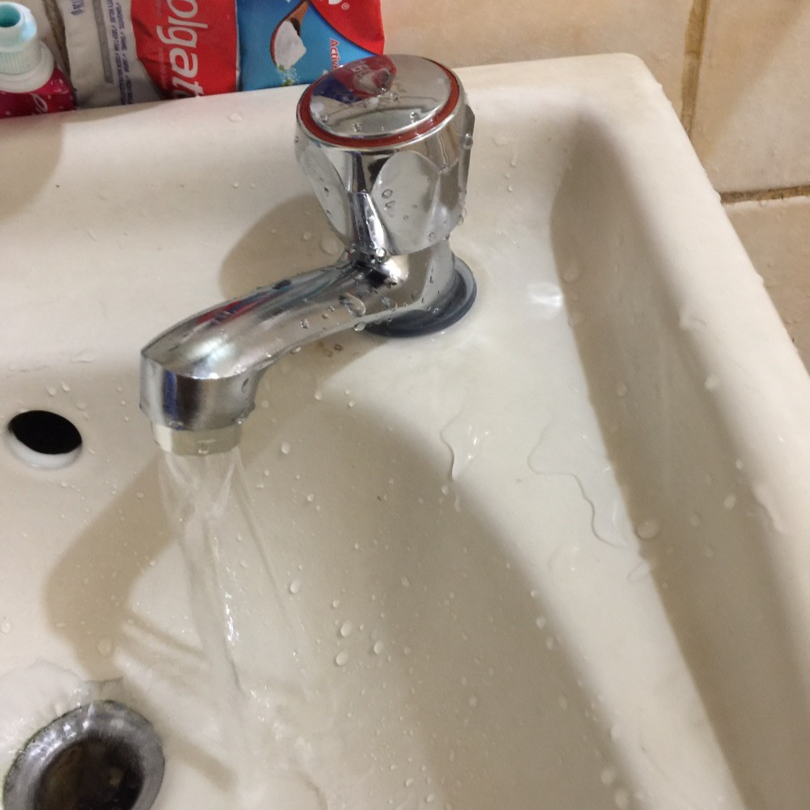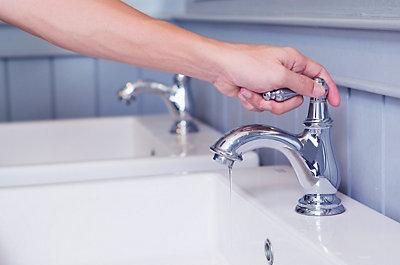Our Motives Behind Correcting a Malfunctioning Faucet
Our Motives Behind Correcting a Malfunctioning Faucet
Blog Article
They are making several great observations on Water Dripping from Faucet: Why and How to Fix overall in the content on the next paragraphs.

Leaking faucets might seem like a small hassle, but their influence surpasses just the annoyance of the audio. From drainage to incurring unneeded monetary costs and wellness dangers, neglecting a leaking tap can result in various repercussions. In this article, we'll explore why it's essential to resolve this common family concern quickly and properly.
Wastage of Water
Environmental Effect
Trickling faucets contribute substantially to water wastage. According to the Environmental Protection Agency (EPA), a single tap trickling at one drip per secondly can waste more than 3,000 gallons of water annually. This not only stress water resources but also affects environments and wild animals based on them.
Step-by-Step Overview to Taking Care Of a Dripping Tap
Tools Needed
Before attempting to fix a trickling faucet, gather the essential devices, including a flexible wrench, screwdrivers, replacement components (such as washing machines or cartridges), and plumber's tape.
Common Tap Issues and Their Solutions
Recognize the sort of tap and the certain concern causing the drip. Usual problems include damaged washing machines, rusty shutoff seats, or damaged O-rings. Refer to maker directions or on the internet tutorials for step-by-step advice on fixings.
Financial Costs
Raised Water Bills
Past the ecological impact, dripping faucets can inflate water bills considerably. The gathered waste over time converts right into greater utility expenditures, which could have been stayed clear of with timely repair services.
Possible Residential Property Damage
In addition, prolonged leaking can result in harm to fixtures and surface areas bordering the faucet. Water accumulation can create staining, corrosion, and also structural issues if left unattended, leading to extra repair costs.
Health and wellness Concerns
Mold And Mildew and Mildew Development
The consistent presence of dampness from a trickling tap produces an ideal environment for mold and mildew growth. These fungi not only compromise interior air quality yet additionally position wellness dangers, specifically for individuals with respiratory system conditions or allergies.
Waterborne Diseases
Stationary water in leaking faucets can end up being a breeding ground for germs and other microorganisms, raising the danger of waterborne diseases. Impurities such as Legionella bacteria grow in stagnant water, possibly causing major diseases when consumed or inhaled.
DIY vs. Specialist Repair work
Pros and Cons of Do It Yourself Repair Service
While some may attempt to take care of a leaking faucet themselves, do it yourself repair work come with their own set of challenges. Without proper knowledge and devices, do it yourself efforts can aggravate the issue or bring about incomplete repair services, lengthening the problem.
Advantages of Working With a Professional Plumber
Hiring an expert plumber makes sure that the underlying source of the dripping faucet is dealt with effectively. Plumbing technicians have the expertise and equipment to diagnose and repair faucet issues efficiently, conserving time and decreasing the threat of more damages.
Ecological Obligation
Private Contribution to Conservation
Taking responsibility for fixing dripping taps straightens with wider efforts toward water preservation and ecological sustainability. Every individual's actions collectively make a significant influence on protecting precious sources.
Sustainable Living Practices
By prioritizing punctual repair work and adopting water-saving routines, individuals add to sustainable living techniques that benefit both existing and future generations.
Preventive Measures
Normal Upkeep Tips
To prevent trickling faucets, do routine maintenance such as cleansing aerators, examining for leakages, and changing worn-out components without delay. Additionally, think about mounting water-saving devices or upgrading to extra efficient components.
Relevance of Prompt Repairs
Attending to trickling taps as quickly as they're noticed avoids additional water waste and possible damages, inevitably conserving both water and cash in the future.
Impact on Building Value
Assumption of Well-Maintained Home
Preserving a home in good condition, consisting of addressing upkeep issues like dripping faucets, boosts its regarded worth and worth amongst possible buyers or tenants.
Influence on Resale Value
Properties with properly maintained plumbing components, including taps, command greater resale values in the realty market. Resolving dripping faucets can contribute to a favorable impact during residential or commercial property examinations and negotiations.
Final thought
Resolving a leaking tap goes beyond plain convenience; it's a vital action towards preserving water, reducing monetary expenses, and securing wellness and property. Whether through DIY repairs or professional assistance, taking action to fix trickling taps is a little yet impactful method to promote responsible stewardship of sources and add to a healthier, more lasting future.
Most Common Reasons for a Leaky Faucet and How to Stop the Drip
Whether it’s your kitchen faucet leaking or a bathroom faucet leaking, one leaky faucet can waste anywhere from three to 30 gallons of water every single day. If the constant drip-drip-drip doesn’t get your attention, your water bill will. The good news is that, by following a few simple steps, chances are pretty good you can fix the problem yourself.
Why is it dripping?
Before you start taking things apart, let’s break down some of the most common causes of a leaky faucet.
Bad O-ring.
A cartridge is a valve that controls the flow of water into the faucet spout. On cartridge faucets there’s an O-ring—the little disc attached to the stem screw that holds the faucet handle in place. If it’s loose or worn-out, it can cause your sink handle to leak. Of course, the cartridge itself could be worn out. If that’s the case, make sure you replace it with the exact same kind.
Corroded valve seat.
The valve seat connects the faucet and the spout. If the leak seems to be coming from the spout, it might be because a buildup of water sediment has corroded the valve seat.
Worn-out washers or seals.
A leaky spout could be caused by a bad washer that rests against the valve seat. It’s just a matter of time before friction takes its toll. It could also be the wrong size washer or one that’s been installed incorrectly. Water sediments can also corrode inlet and outlet seals.
Water pressure.
If the faucet only drips now and then, or when you turn the handles a certain way, you should probably check your home’s water pressure.
Loose or broken parts.
The adjusting ring and packing nuts in the stream screw can become loose over time, causing your sink handle to leak. Try tightening or replacing the packing nut. If the leak is coming from the pipes underneath the sink, you probably have a broken pipe or fitting. If that’s the case, you should definitely call a plumber.
Know your faucet.
Faucets come in a variety of types. Each one has its own assembly—and its own possible causes of leaks. Learning about the four most common kinds of faucets will help you know how to take them apart and make any repairs.
How to stop a leaky faucet
Fixing that leaky faucet doesn’t have to take a lot of time, money, or expertise. It’s usually a simple matter of replacing a worn-out washer or gasket, a loose O ring, or another part. Chances are really good you can do this yourself if you follow these simple steps.
Shut off the water.
Before you tackle the faucet, cut off the water supply to the sink. There should be one valve for hot and one for cold. Hand-turn them clockwise with your hands till they close. If there are no valves under the sink, head to the basement and shut off the main water supply to the house. Then turn on the faucet until it empties out the water that’s still in the line and you’re ready to start. It’s a good idea to cover the sink drain with a plug or a rag so you don’t lose any small pieces and parts while you’re working.

I stumbled upon that entry on Why Is It Important To Fix Your Leaking Tap/Faucet? while doing research the search engines. Do you know anybody else who is excited about the niche? Take a moment to share it. Thanks a lot for taking the time to read it.
Report this page